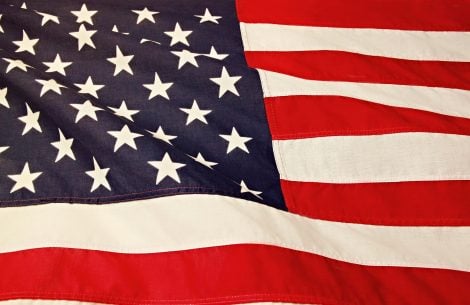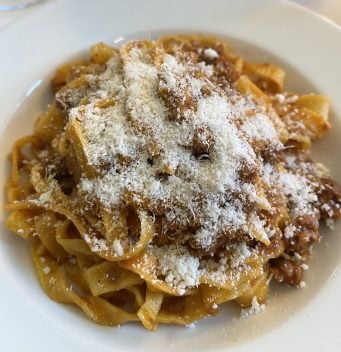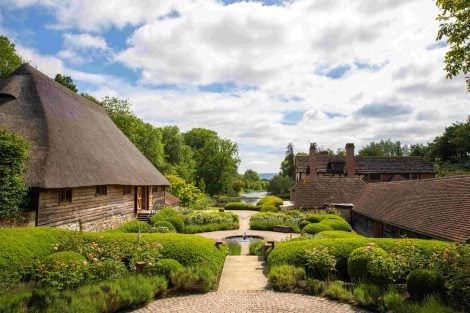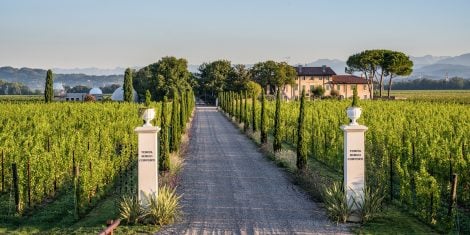Smooth road ahead for dealcoholised wines? Not quite. Italy may have passed the decree, but now it needs to make it work. Translated into winemaking terms: the green light has been given, but production still can’t begin. A new legislative deadlock is stopping the supply chain from getting started. The issue was raised at Vinitaly by the president of Unione Italiana Vini, Lamberto Frescobaldi: “On dealcoholised wines, the sector is currently stalled with hazard lights on—we need to resolve the fiscal and regulatory knots and get production underway.”
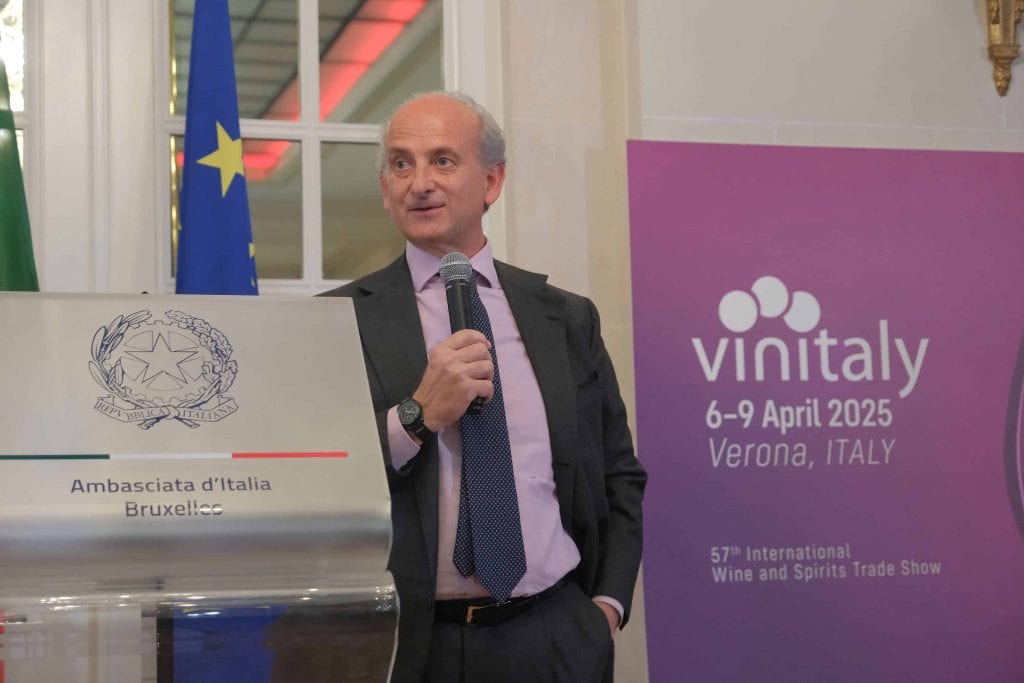
Fiscal provisions from the Ministry of Economy and Finance are blocking the process
But what exactly is the problem? Primarily, the fiscal rules issued by the Ministry of Economy and Finance (MEF), which interfere with the decree issued by the Ministry of Agriculture. There had already been a minor overlap between the two Ministries last December, due to MEF’s early move, later corrected by Minister Lollobrigida’s decree. Now, however, the problem has resurfaced.
“If Masaf doesn’t step in, businesses will have to wait until 2026 before they can begin production (currently many Italian brands produce abroad; ed.)” – explains UIV Secretary General Paolo Castelletti – “We need a bridging regulation to define the fiscal framework for production during this transitional phase: it’s unthinkable that companies which have invested in dealcoholisation equipment are being held back by a legal vacuum where the right hand of the public administration doesn’t know what the left is doing.”
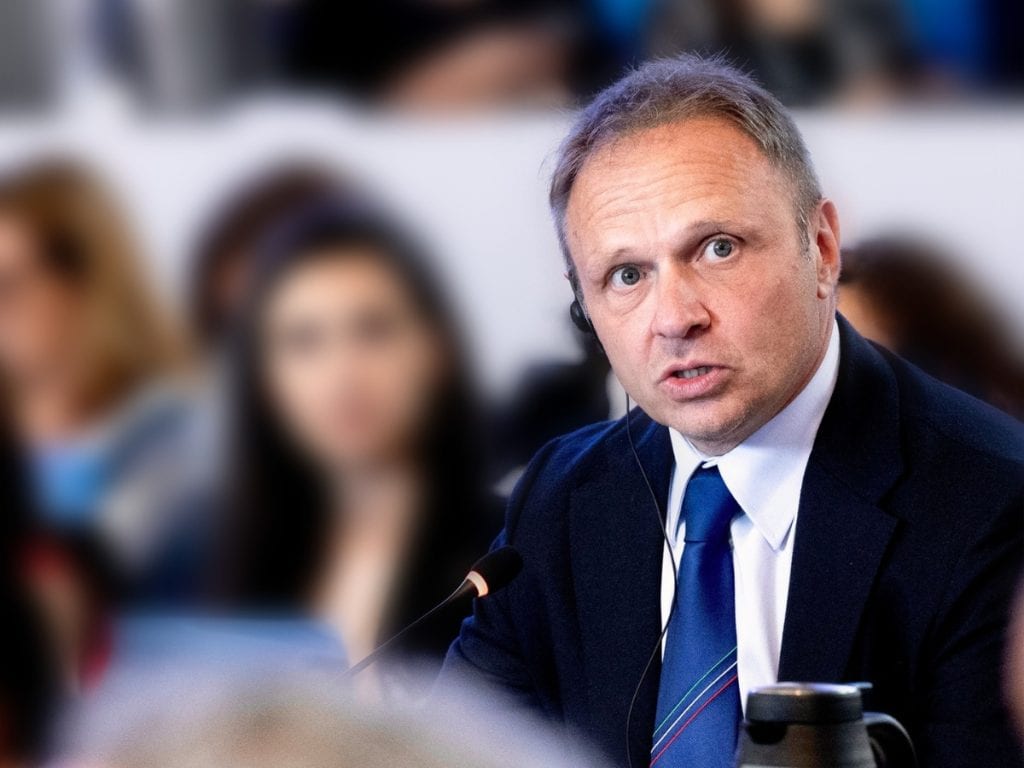
The dealcoholised wine game of Snakes and Ladders
But this isn’t the only issue. The second concerns the regulation on the shared use of production spaces, which requires strict separation. Lastly, there’s still a barrier to the production of carbonated dealcoholised sparkling wines. “We are in discussions with the Ministry on both fronts,” Castelletti reveals. “They should be resolved quickly with a modification to the decree.”
All the more so because Italian brands currently producing abroad are eager to relocate production to Italy, as they have repeatedly confirmed to Gambero Rosso. Yet the whole situation feels like a giant game of Snakes and Ladders, always ending back at the starting point.
The numbers behind dealcoholised wine
According to the analysis by the UIV-Vinitaly Wine Observatory based on IWSR data, presented at Vinitaly during the conference organised in collaboration with Veronafiere, “Zero alcohol and market expectations”, the global No-Lo wine market (no and low alcohol) is currently worth 2.4 billion dollars, and is expected to reach 3.3 billion dollars by 2028, with a compound annual growth rate (CAGR 2028/24) of 8% in value and 7% in volume.

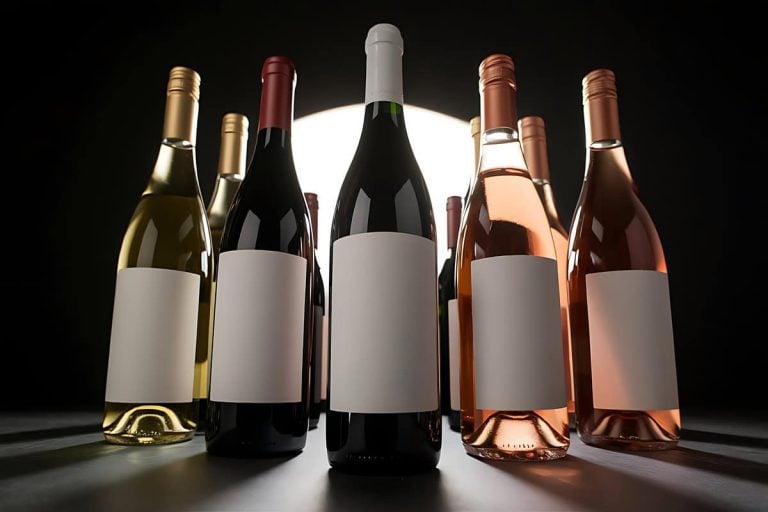
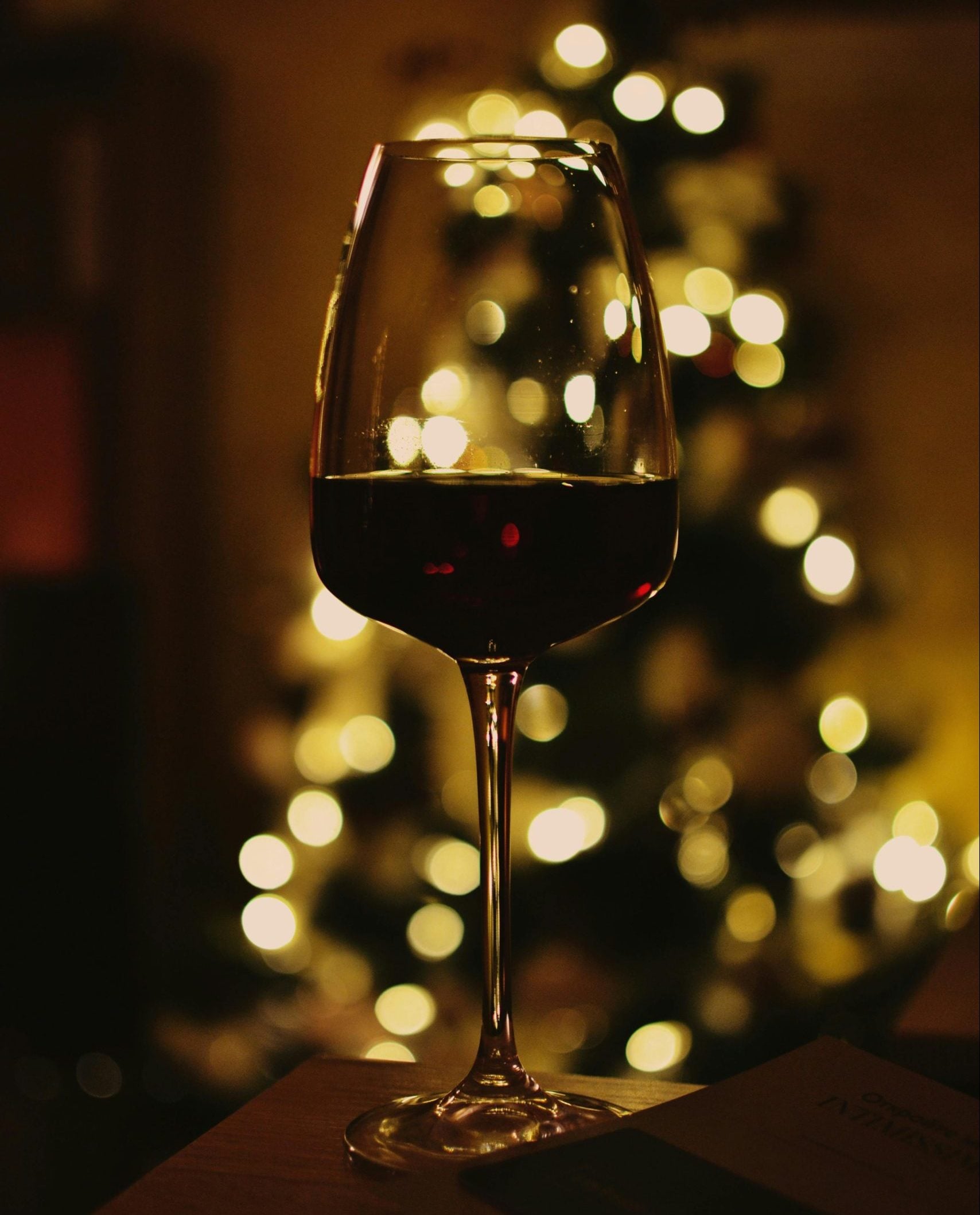 What do sommeliers drink at Christmas?
What do sommeliers drink at Christmas? The alpine hotel where you can enjoy outstanding mountain cuisine
The alpine hotel where you can enjoy outstanding mountain cuisine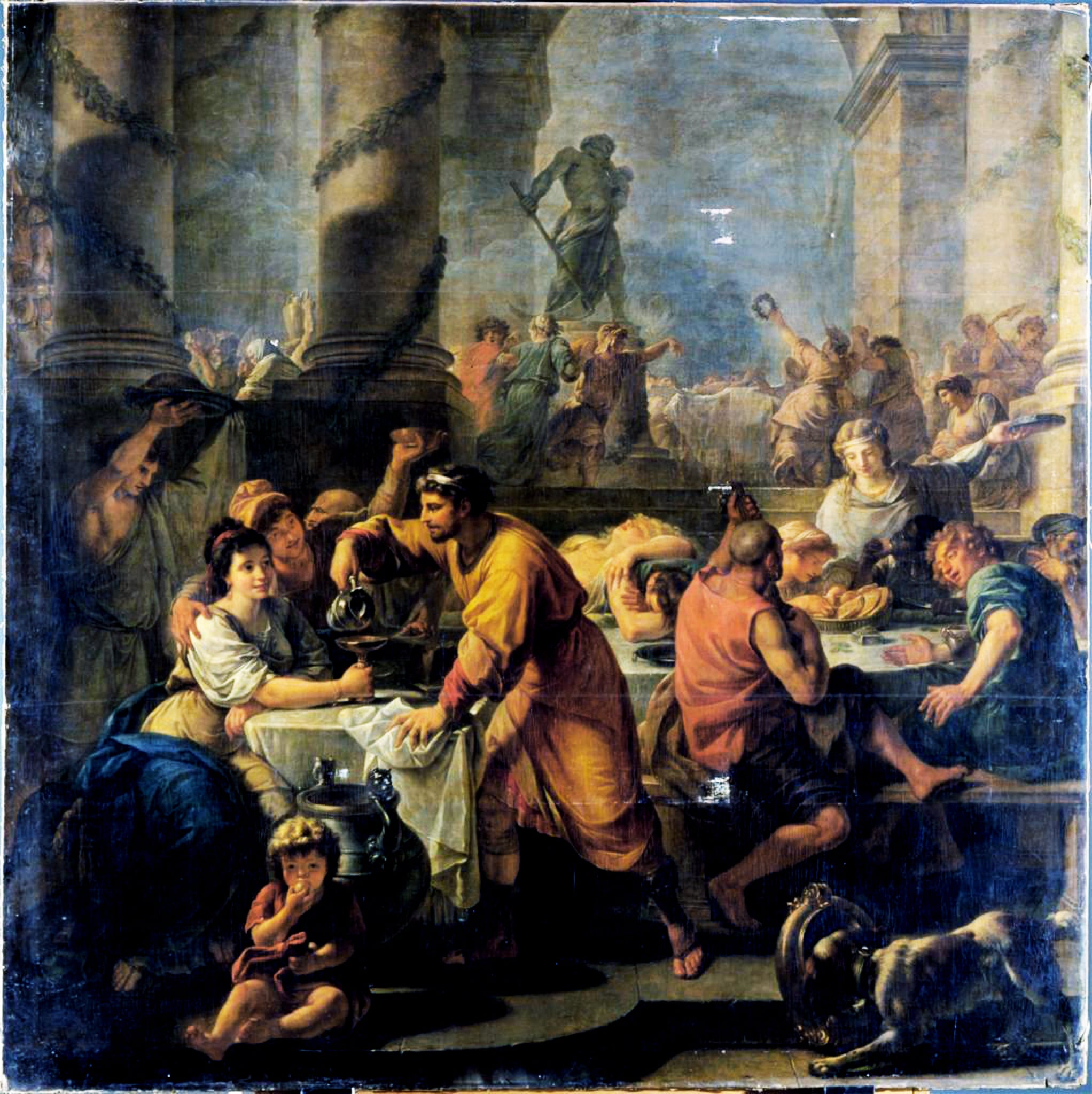 Io Saturnalia! How to celebrate the festive season like an Ancient Roman
Io Saturnalia! How to celebrate the festive season like an Ancient Roman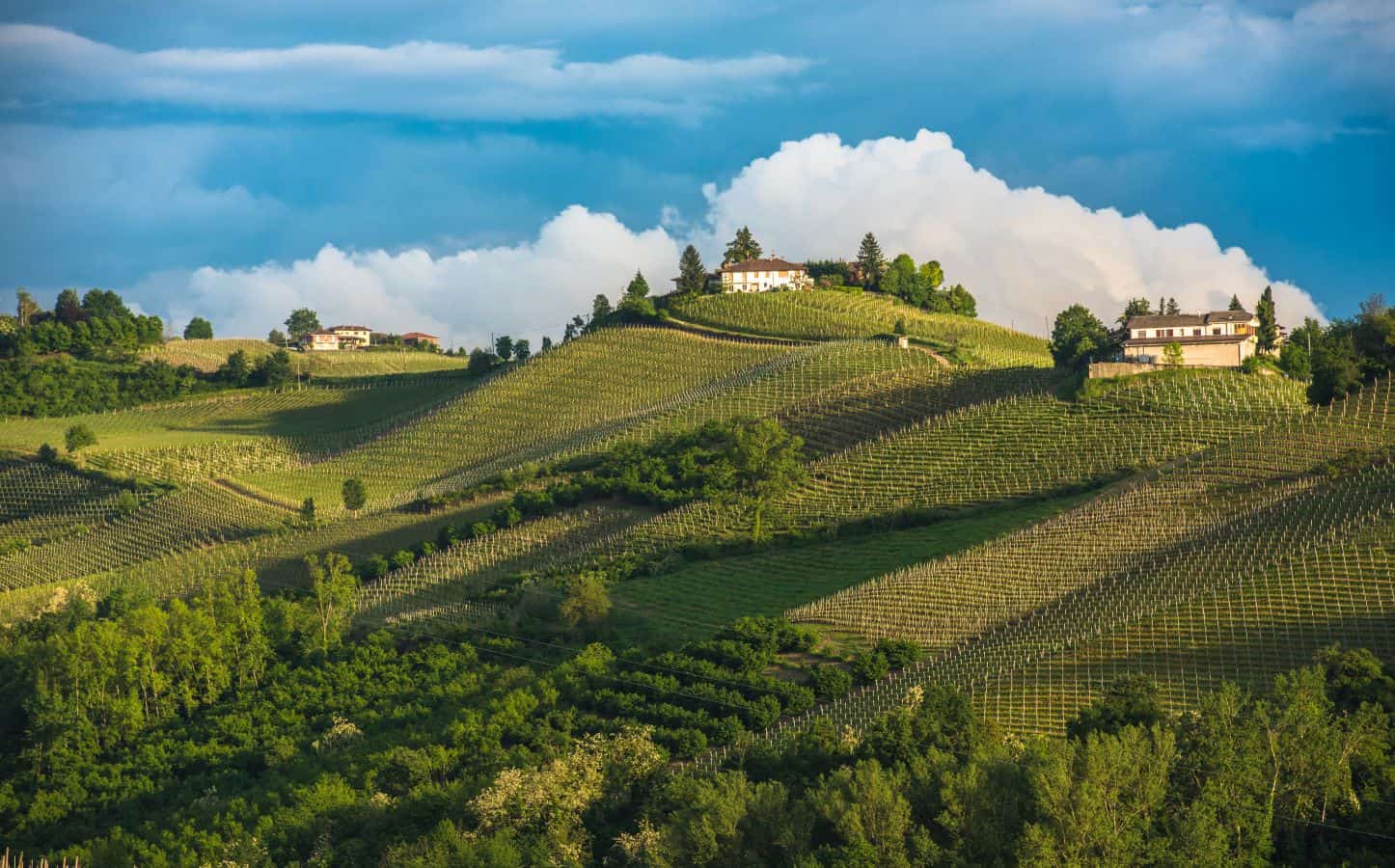 The UNESCO effect: tourism is growing, but there is a risk of losing identity
The UNESCO effect: tourism is growing, but there is a risk of losing identity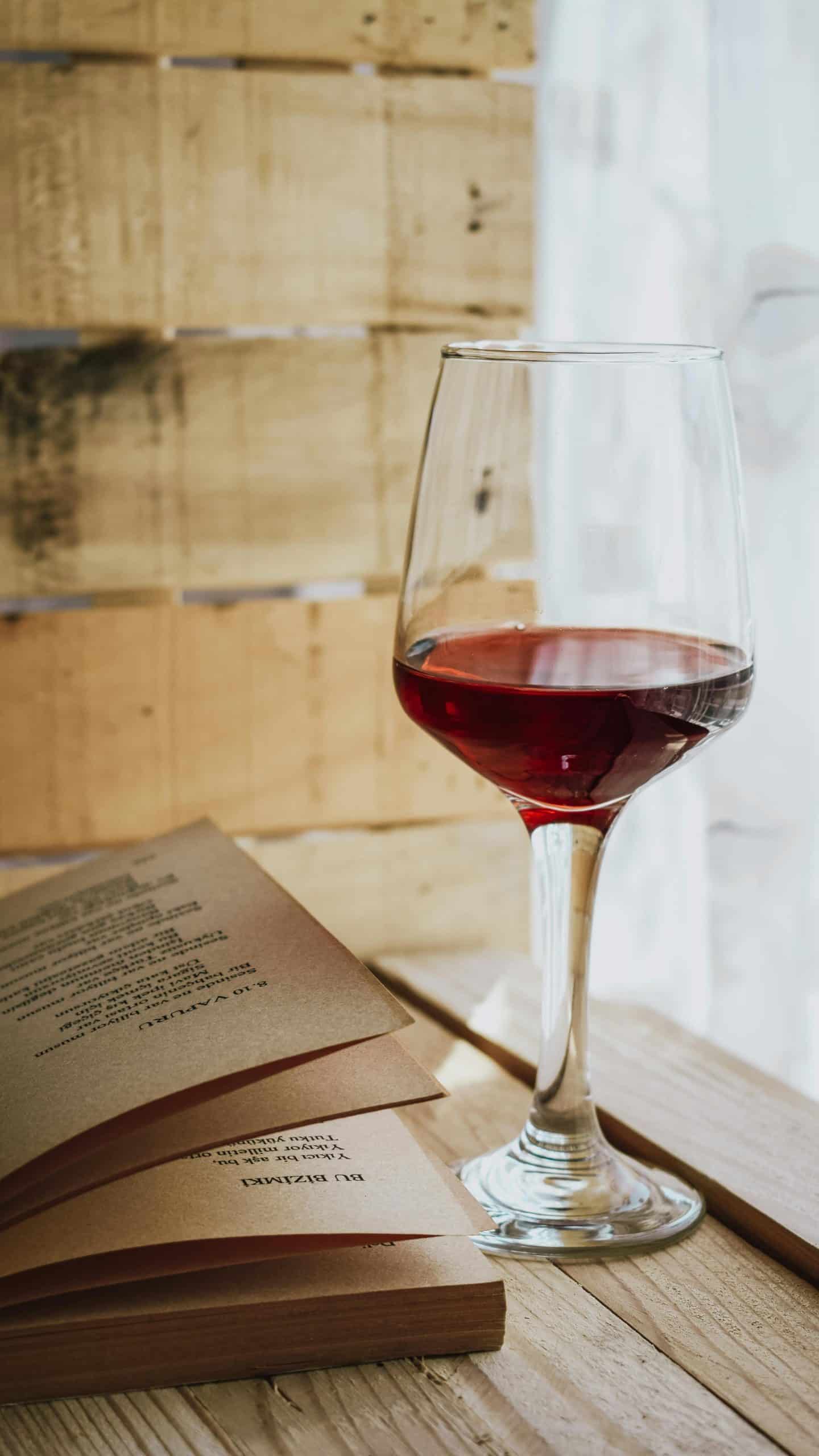 The perfect pairing? Wine and books
The perfect pairing? Wine and books
